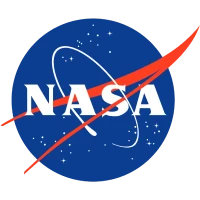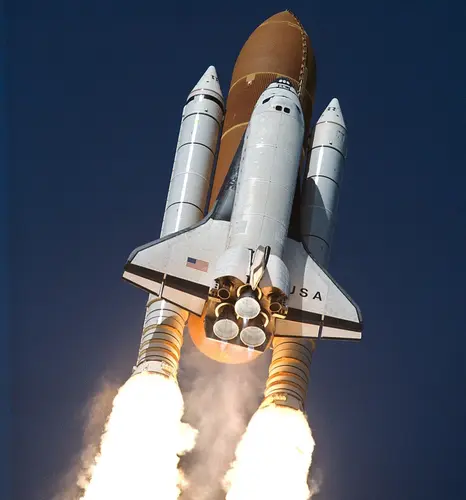/
STS-28R, Quasar-8 (USA-40) & (USA-41)
Launch Success
Liftoff Time (GMT)
12:37:00
Tuesday August 8, 1989
Watch Replay
Official Livestream
Mission Details
STS-28R
The STS-28R mission of the Space Shuttle Columbia was a classified mission conducted by NASA for the United States Department of Defense. STS-28R's specific objectives and payload details remain classified. However, it's widely speculated that the mission involved deploying or retrieving reconnaissance satellites, conducting experiments related to national security, or testing new technologies for military applications.
Low Earth Orbit
19,600 kilograms
(USA-41)
The USA 41 was a small satellite of classified purpose, which was deployed during the Columbia (STS-28R) mission from a MPEC (Multi-Purpose Experiment Canister) canister. Possibly the satellite was related to the USA 70 satellite.
1 Payload
Quasar-8 (USA-40)
The second-generation Quasar satellites, also known as SDS-2, continue the legacy of the Satellite Data System (SDS) developed by the United States Air Force. Serving as communication relays, these satellites transmit real-time data from US reconnaissance satellites and support communication needs for USAF aircraft and ground stations. Operating in similar elliptical orbits for polar coverage, they maintain communication with KH-11 satellites using a 60 GHz frequency payload. Launched after the first-generation satellites, the SDS-2 series likely incorporates advancements in technology and may feature enhancements in capabilities such as improved data transmission rates or additional onboard systems.
Molniya Orbit
1 Payload
Rocket


Agency
NASAPrice
$450.00 million
Rocket
Height: 56.1m
Payload to Orbit
LEO: 27,500 kg
GTO: 3,810 kg
Liftoff Thrust
30,250 Kilonewtons
Stages
2
Strap-ons
2
Launch Site
Stats
Space Shuttle
30th
Mission
3rd
Mission of 1989
1989
62nd
Orbital launch attempt
